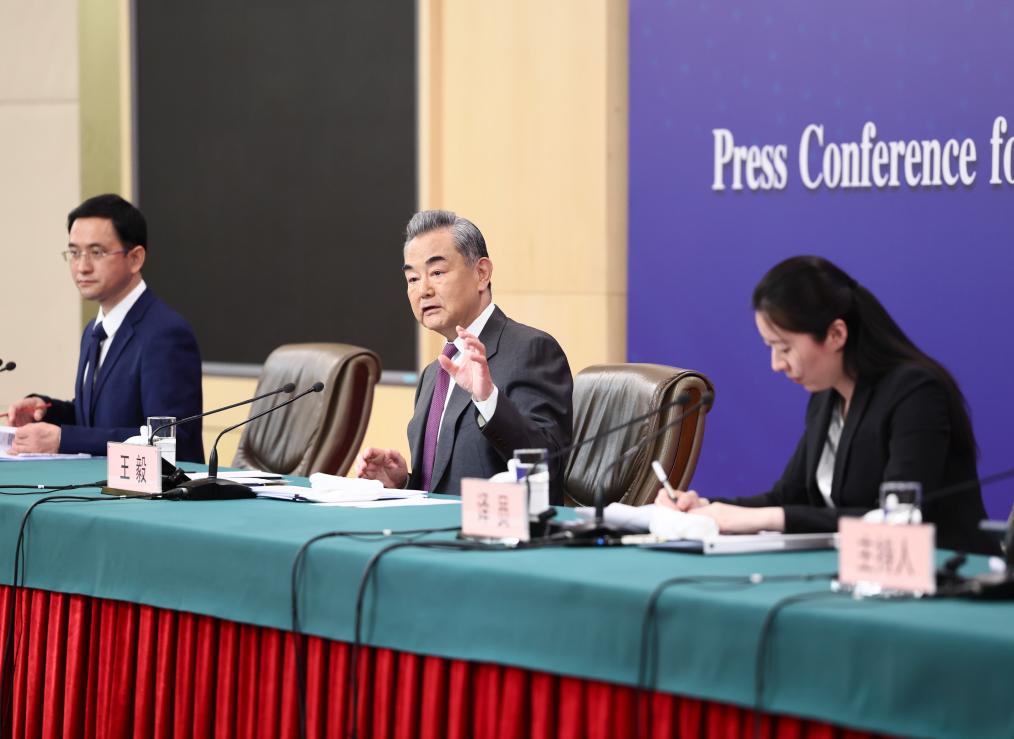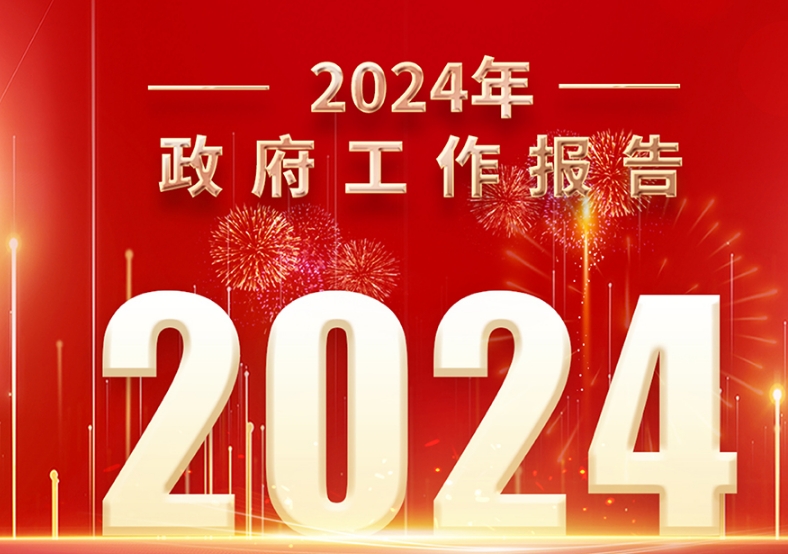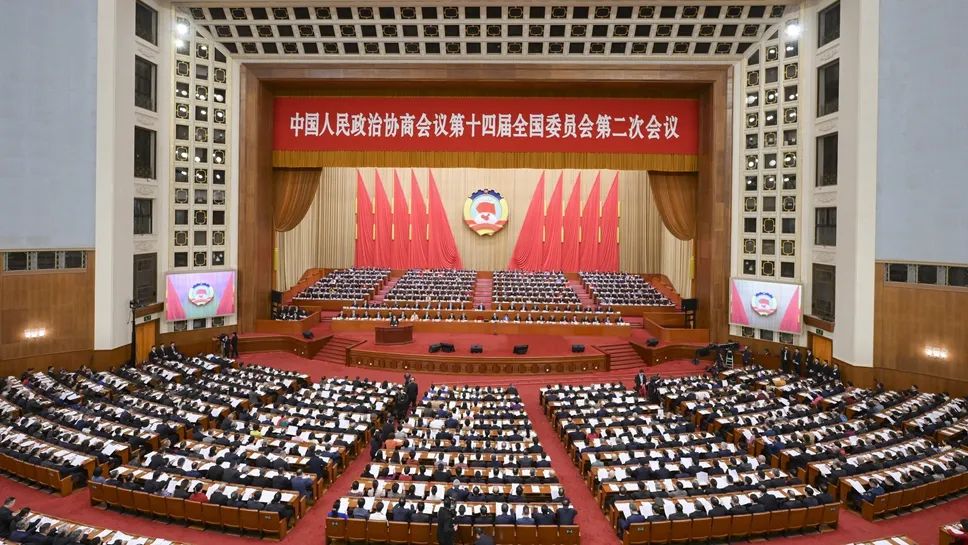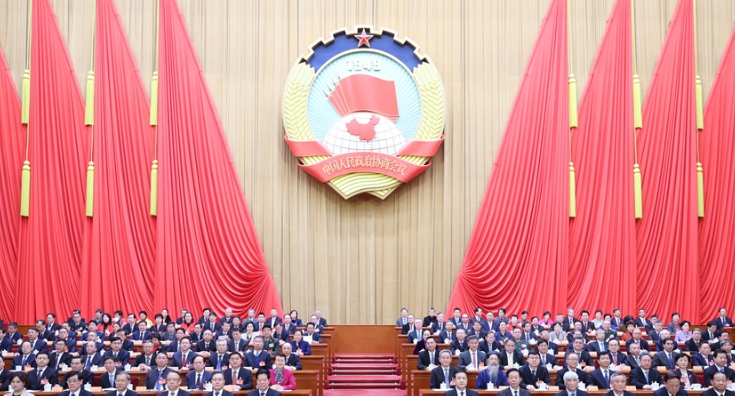2006年11月二级笔译实务试题
【英译汉必译题】
This week and next, governments, international agencies and nongovernmental organizations are gathering in Mexico City at the World Water Forum to discuss the legacy of global Mulhollandism in water - and to chart a new course.
They could hardly have chosen a better location. Water is being pumped out of the aquifer on which Mexico City stands at twice the rate of replenishment. The result: the city is subsiding at the rate of about half a meter every decade. You can see the consequences in the cracked cathedrals, the tilting Palace of Arts and the broken water and sewerage pipes.
Every region of the world has its own variant of the water crisis story. The mining of groundwaters for irrigation has lowered the water table in parts of India and Pakistan by 30 meters in the past three decades. As water goes down, the cost of pumping goes up, undermining the livelihoods of poor farmers.
What is driving the global water crisis? Physical availability is part of the problem. Unlike oil or coal, water is an infinitely renewable resource, but it is available in a finite quantity. With water use increasing at twice the rate of population growth, the amount available per person is shrinking - especially in some of the poorest countries.
Challenging as physical scarcity may be in some countries, the real problems in water go deeper. The 20th-century model for water management was based on a simple idea: that water is an infinitely available free resource to be exploited, dammed or diverted without reference to scarcity or sustainability.
Across the world, water-based ecological systems - rivers, lakes and watersheds - have been taken beyond the frontiers of ecological sustainability by policy makers who have turned a blind eye to the consequences of over- exploitation.
We need a new model of water management for the 21st century. What does that mean? For starters, we have to stop using water like there’s no tomorrow - and that means using it more efficiently at levels that do not destroy our environment. The buzz- phrase at the Mexico Water forum is "integrated water resource management." What it means is that governments need to manage the private demand of different users and manage this precious resource in the public interest.
学员译文:
本周和下周,各国政府,国际机构,民间组织都会齐聚墨西哥,参加世界水资源论坛,讨论水资源保护的问题,并制定出相应计划。
选择墨西哥作为会议的地点再合适不过,在墨西哥城,大量地下水被抽出,速度超过补给的两倍。这造成了严重的后果,墨西哥城正以约每十年半米的速度下陷,在城中看到这造成的后果,天主教堂出现裂痕,艺术殿堂开始倾斜,大量供水和下水管道断裂。
关于水危机的故事,世界各个地方都有不同的版本。过去三十年里,在印度和巴基斯坦,由于过度抽取地下水用于灌溉,这里的地下水水位下降了30米,这增加了钻井的成本,使得当地本已陷入贫困的农民生活进一步恶化。
究竟是什么造成了全球性水危机?部分原因是水的可得性。与石油或煤不同,水是一种无限可再生的资源,但前提是要有合理的使用量。现在用水量的增长速度是人口增长速度的两倍,人均可用水量快速下降,特别是在一些最贫困的地区。
水资源匮乏问题可能发生在某些国家,但是真正的水问题更加隐蔽。在20世纪,人们对水资源的管理只基于一个简单的认识:水是可以取之不尽的免费资源,可以无限利用,截留或改到,不用担心水资源匮乏或可持续性等问题。
在世界各地,决策者对于过度开发水资源造成的后果熟视无睹,河流,湖泊及分水岭等基于水资源的生态系统无法保持生态可持续性。
21世纪水资源管理需要一个新模式。这是意味着什么呢?首先,我们不能再没有节制的用水,不为未来做考虑,而且,要增加用水的有效性,减少对环境的伤害。墨西哥水资源论坛上的一个热门的词是“水资源综合性管理”,意味着政府需要管理控制不同用户个人的需要,也需要根据公众利益管理这一珍贵资源。
韩刚老师译文将在下周公布!
 天之聪教育
天之聪教育
 2012-09-03
2012-09-03
 天之聪教育
天之聪教育
 779次
779次


 点赞(0)
点赞(0)

 收藏
收藏

 收藏资讯
收藏资讯

 收藏资讯
收藏资讯

 收藏资讯
收藏资讯

 收藏资讯
收藏资讯